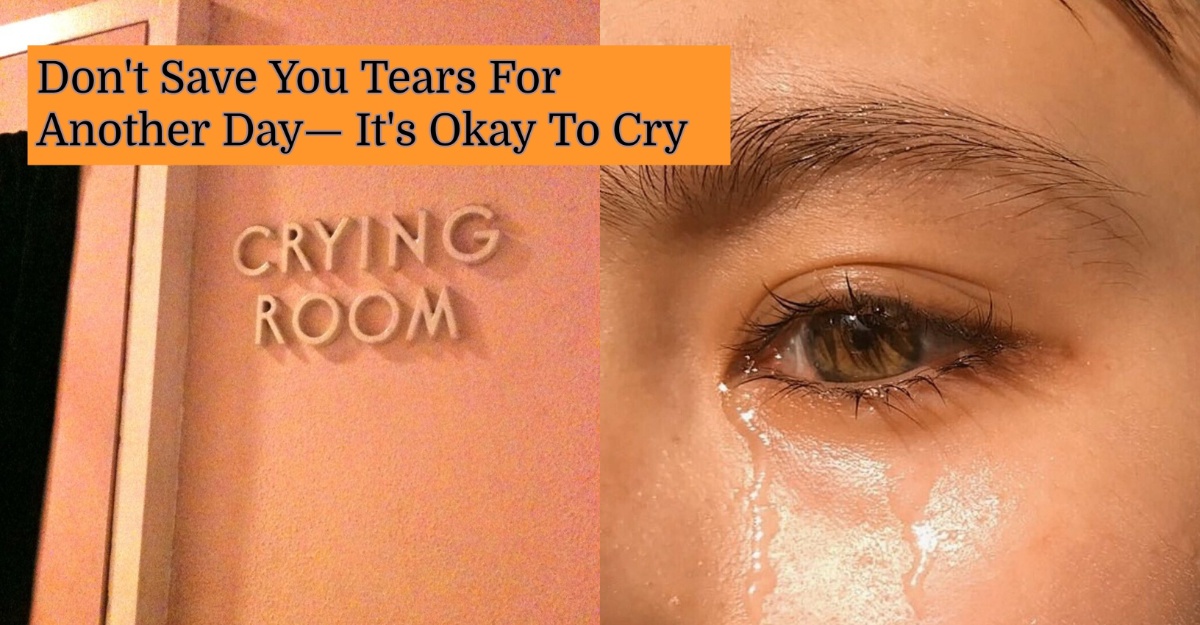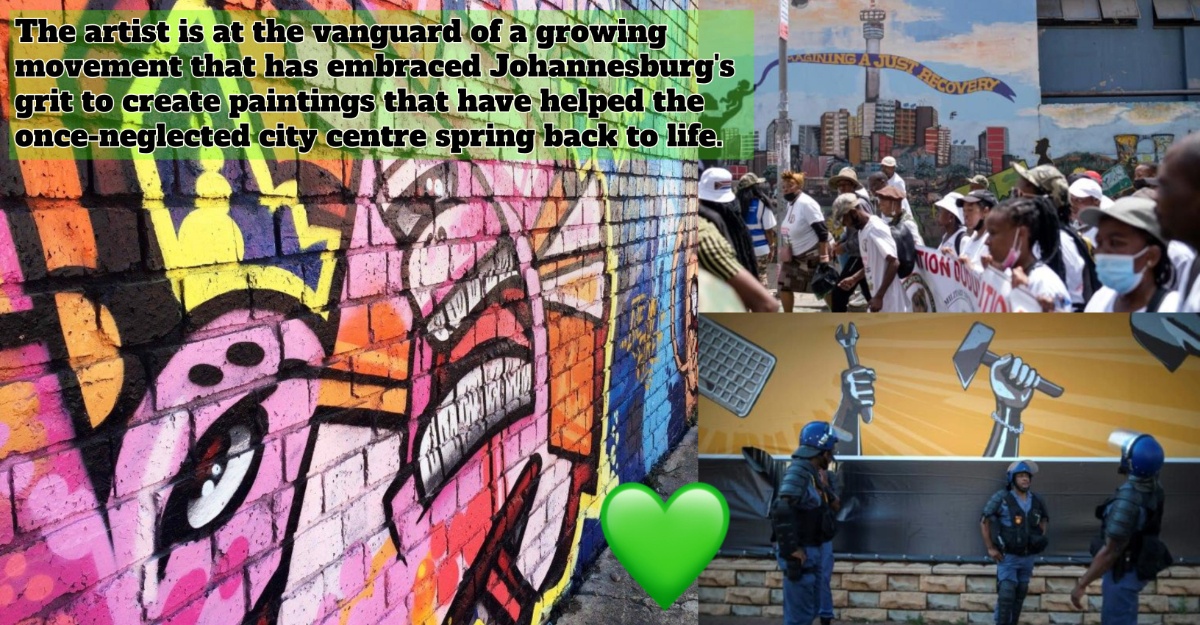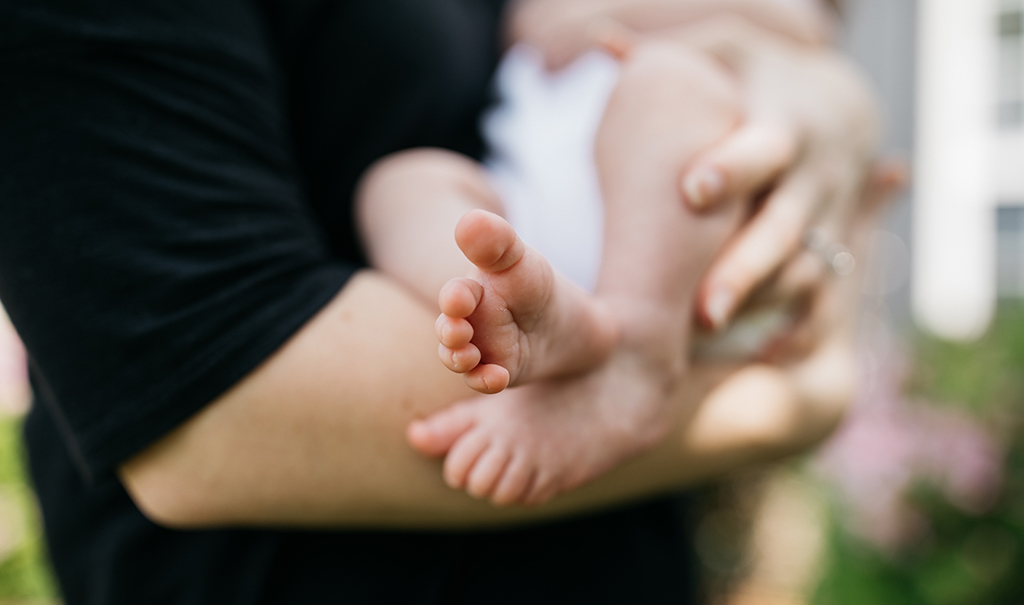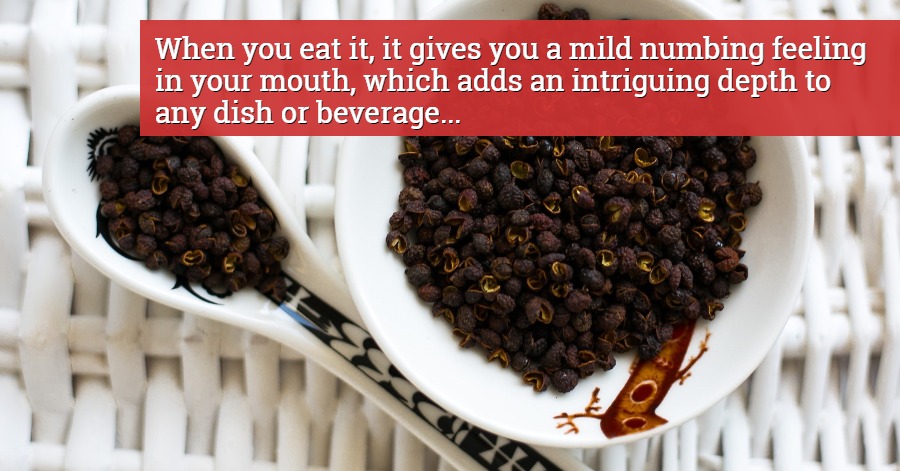WHO and MOH worked together to use behavioral science for health communications. Many countries are now moving towards a sustained management approach after the pandemic. Due to that, government eases the COVID-19 restrictions. However, everyone should take precautions. This is because the risks of being infected by COVID-19 are never zero.
Thus, our country should find new measures to communicate about the virus. Malaysia’s Ministry of Health proposed Behavioral Science In Communication as an approach to improve the public’s health. With that, everyone can do the right thing to ensure their safety from the virus.
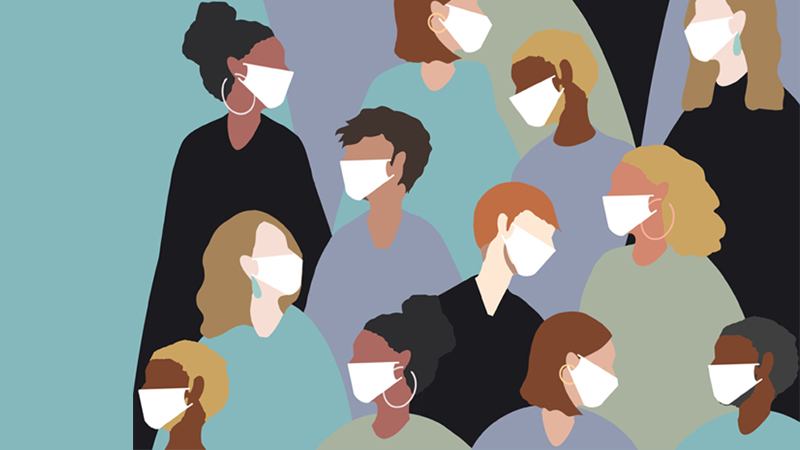
Also, Malaysia has been collecting data to help the public with their concerns about COVID-19. This has helped the public to gain more knowledge about the virus. World Health Organization (WHO) has worked with Malaysia’s Ministry Of Health (MOH) to run a workshop. The workshop stressed the application of behavioral science for health communication. The workshop lasted for 3 days in late 2021.
The data and skills gained from the workshop produce the basics of designing behavioral insights. Therefore, it would help support the safe reopening of the country. Besides that, it would also assist the public to perform key COVID-19 protective behaviors and vaccine-taking.
MOH Received Support From WHO
To help the public comprehend the COVID-19 protective behaviors, the WHO agreed to help MOH. As the result, they engaged the public to go through group discussions. This is to understand the barriers and motivating factors influencing their behaviors. This also includes their feelings and thoughts about the communication material. MOH and WHO co-developed the materials after consultations.
“Understanding what motivates specific behaviors is important. The methods at different stages of this project allowed us to gather new insights,” said Elena Altieri, Head of the Behavioral Insights Unit at WHO Headquarters.
Additionally, the new communication materials were taken to an online randomized control trial. 4000 Malaysians responded to it. The result revealed the materials performed best in terms of recall, intentions, and sentiment. For instance, a message that provides clear advice on how and when to self-test could maximize the public’s intention to do so. Lastly, the outcome revealed the government to optimize the communication materials in terms of language, design, and process.
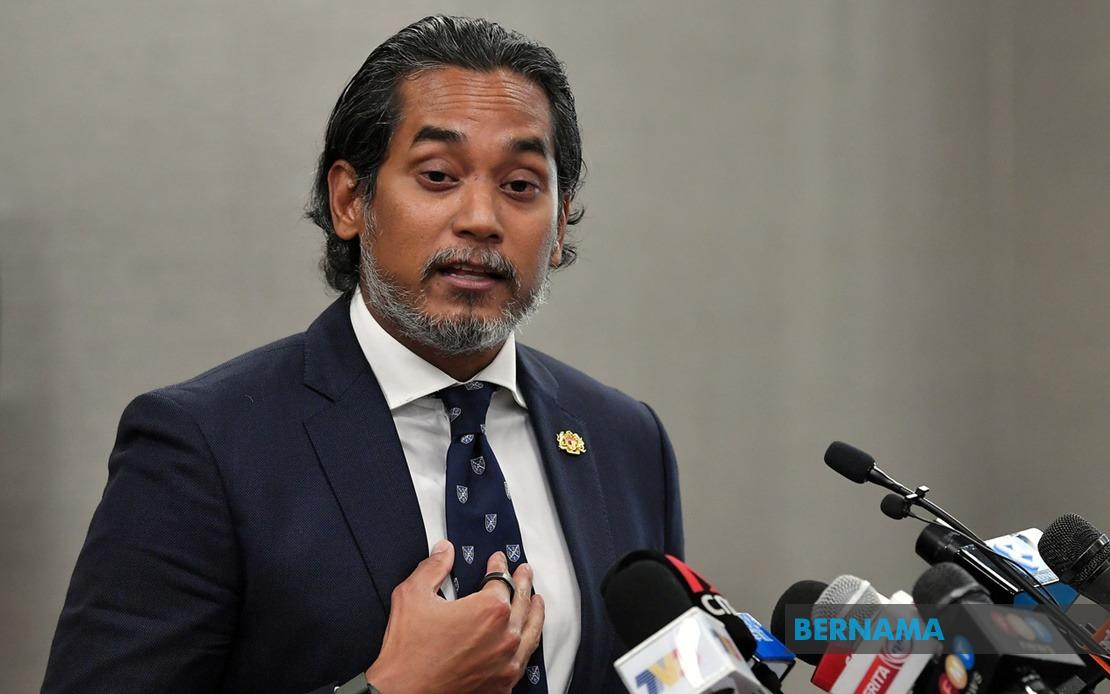
MOH’s Minister, YB Khairy Jamaluddin said, “Behavioral science is the first line of defense for public health. If you can get people to behave differently, this will strengthen everything else in the healthcare system.”
Source: World Health Organization


